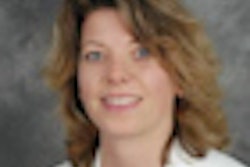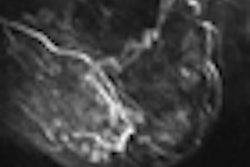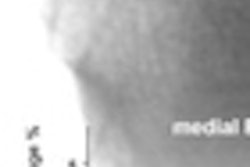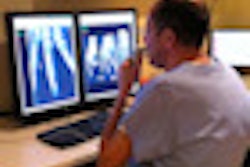Dear AuntMinnieEurope Member,
Former ECR President Dr. Helen Carty conducted an almost single-handed crusade during the '90s to encourage radiologists to get involved in suspected child abuse. She believed passionately that imaging has an essential role to play in this highly emotive area, and at every opportunity she urged all radiologists to be alert to the warning signs of potential abuse and update their knowledge. She also advocated extreme caution and close examination of the facts before confronting possible abusers.
Given Carty's commendable efforts to raise awareness of child abuse, a study in the current issue of Clinical Radiology is bound to generate considerable interest. In the article, six authors from top U.K. pediatric centers -- including Carty's own, the Royal Liverpool Children's Hospital -- note that 75% of radiologists are "disinclined" to involve themselves in child abuse. Furthermore, nonuniversity hospitals often send images by regular mail on CDs for a second opinion by one of only 10 U.K. radiologists who can act as expert witnesses, they state.
The good news is that teleradiology can improve the situation. To find out how, click here.
Imaging is also making strides in cervical cancer. New European guidelines are now available, and they underline the value of MRI as the modality of choice for preoperative staging and follow-up. To read more, click here or visit our Women's Imaging Digital Community.
Another frequent area of concern in women's imaging is patients with nipple discharge, and Italian researchers have found that MRI can help to find additional cancers. Click here for more details.
Given the prolific growth of imaging over the past decade, staff shortages are still common in many European countries. A newly published survey shows that radiologists are in particularly short supply in the Republic of Ireland. Click here for the full story.



















